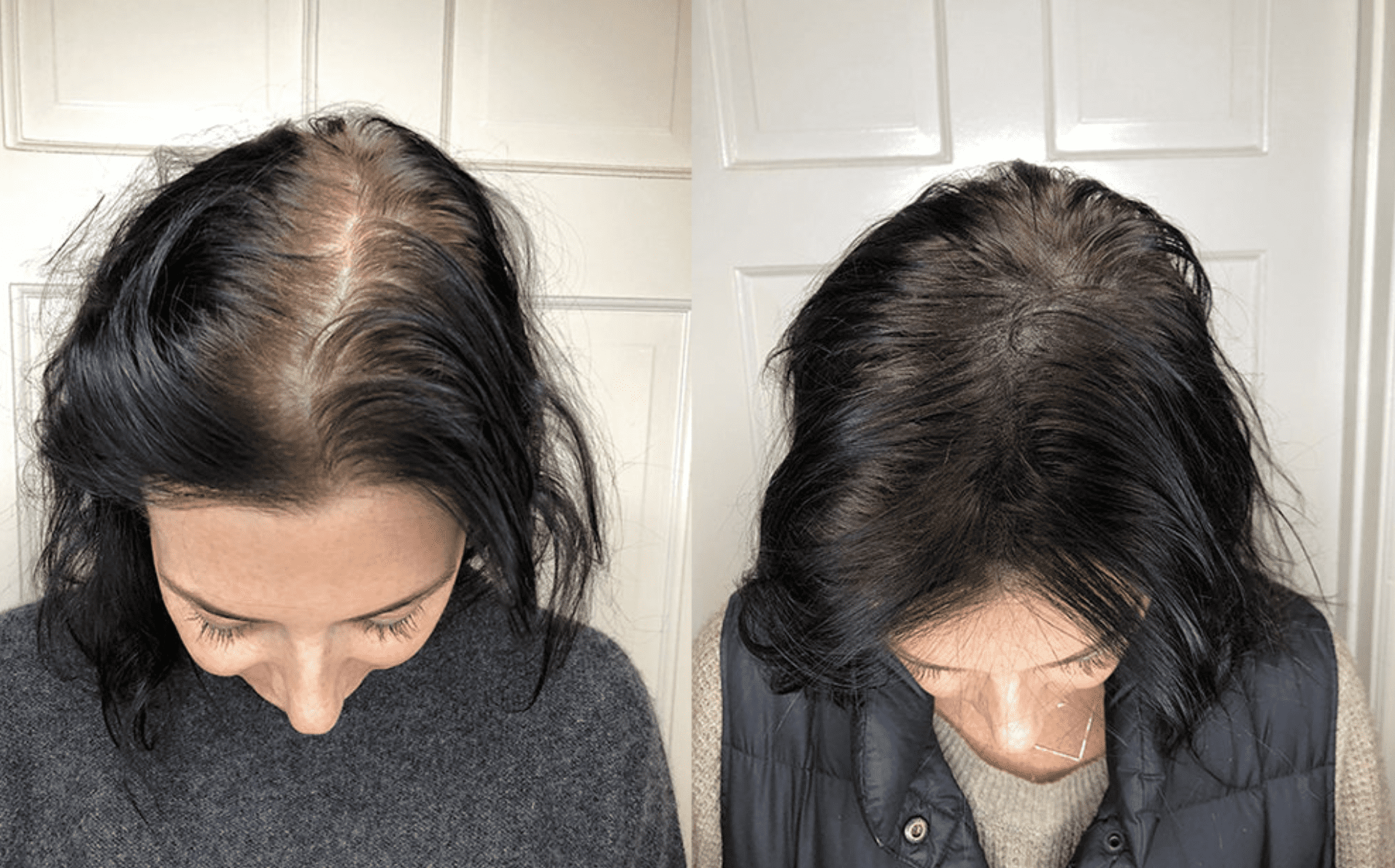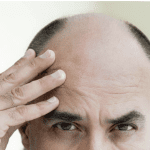Despite its prevalence, hair loss is still extremely distressing. Some treatments are aimed at stopping hair loss and encouraging hair growth, while others are aimed at covering up hair loss.
A hair tattoo is one of the newer cover-up options. In addition to covering up hair loss, hair tattoos have high satisfaction rates. Read on to learn more about hair tattoos and whether they are right for you.
Hair tattoos: what are they?
The process of concealing hair loss with hair tattoos, also known as scalp tattooing or scalp micropigmentation (SMP), is relatively safe. A hair tattoo is similar to a traditional skin tattoo, even in terms of the equipment used. Professional tattoo artists can tattoo as many as 40,000 tiny dots on your scalp at once. The dots are often layered and pigments are used to mimic hair follicles. Rassman, 2015 ; Dhurat, 2017 show that the end result looks like a full hairstyle with a short buzz cut
There are many reasons why hair tattoos are used, beyond just covering bald spots:
- A receding hairline or thinning hair around the temples can be made to appear denser with this technique
- Alopecia areata or scarring alopecia can leave scarring from hair transplant surgery (Seyhan, 2021).
- Hair loss can be concealed when using a topical medication like Minoxidil (Rogaine) for treating hair loss (Rassman, 2015).
Depending on the extent of hair loss, the hair tattoo procedure can take a variety of times from start to finish. In most cases, the process of tattooing hair takes several sessions, each taking eight hours to complete. Typically, it takes 2–4 sessions to achieve desired results, but it can take up to seven (Rassman, 2015; Park, 2019).
A hairline tattoo has 4 benefits
Some people experiencing hair loss can benefit from hairline tattoos. Here are some of the benefits they offer.
1. Tattoos on the hair are convincing and believable
A buzz cut provides a natural look with hairline tattoos. Whether you have a shaved head, thin areas, or bald patches, they can look good (Rassman, 2015). There are several studies indicating high levels of satisfaction among balding men, sometimes as high as 100% (Dhurat, 2017; Park, 2019).
2. Other hair loss treatments do not last as long as these
Toupees need regular refittings and maintenance, whereas hair tattoos can last for years. (Saed, 2017). Furthermore, most hair loss medications must be taken every day; stopping them will reverse your hair growth. A study involving hair tattoos found that the tattoos tended to fade relatively slowly, and 80% of the participants reported being very satisfied with their hair tattoos a few years later (Seyhan, 2021).
3. Recovery is quick and low-maintenance
In contrast to traditional tattoos, hairline tattoos cause less pain since the needles only penetrate the top layer of the scalp’s dermis. As well as providing near-instant results, hair tattoos have a two-week recovery period (Dhurat, 2017). A hair transplant, on the other hand, can take months to show results and is significantly more invasive ( Zito, 2021 ; Saed, 2017 ).
4. Other options are more expensive than theirs
Hair tattoo costs vary depending on the extent of hair loss and the number of sessions needed. Despite its cost, it is less expensive over time than more expensive options like hair transplant surgery (Saed, 2017).






